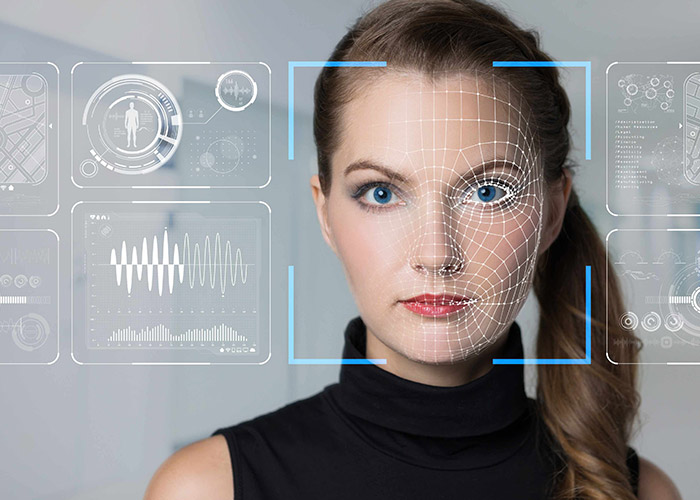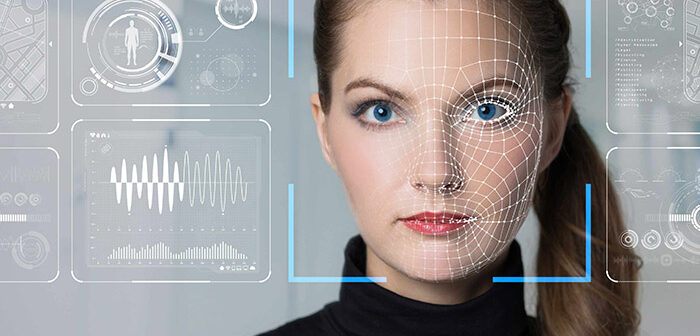
Facial recognition software company RecFaces says the use of facial recognition technology (FRT) can help safeguard major events, including the upcoming Paris Olympics.
The company says surveillance is an important component of security and incident detection during the Olympics, and integrating FRT as an additional feature in video management systems (VMS) can significantly improve the outcomes around physical security, monitoring crowd behaviour, and cybersecurity.
According to the National Center for Sports Safety and Security, 73.2% of attendees consider safety and security measures when deciding whether to attend an event, and 77% prefer visible security measures at events.
“The Olympic Games stands as a monumental event for millions worldwide, posing substantial challenges to security services,” said RecFaces CEO Tamara Morozova. “Integrating facial recognition software promises 360-degree protection, drastically reducing incident response times to mere seconds and empowering security personnel with invaluable analytical insights.”
RecFaces says FRT offers the following benefits to organisers of major events;
Physical Security Enhancement: Video analytics systems are one of the most effective means of evaluating threat levels at a major event. It uses facial recognition to match the faces of the people attending the event against a database of offenders. It allows security staff to identify threats and move to deter them, reducing the likelihood of serious incidents at major events.
Monitoring Crowd Behavior: Effective management of crowd behaviour is crucial for maintaining a safe and harmonious environment. Video analytics systems make it easier to monitor disruptive crowd behaviours in real time. Instigators can be identified, allowing security officials to address the problem before it escalates.
Enhanced Cybersecurity Measures: FRT minimises the capability of cyber intruders attempting to penetrate control information systems, media streams, and security systems. If the FRT system is centralised, any attempted intrusion by an intruder will be immediately visible to security personnel. This will prevent unauthorised access, reducing not only the number of cybercrimes but also financial and reputational risks.
By integrating FRS with AI, biometric and conventional security systems have made security surveillance more effective and efficient. With the development of generative AI, a new type of attack using spoofing and deep fakes is gaining momentum. Recognition technologies with liveness features can stand out among other defence systems.






